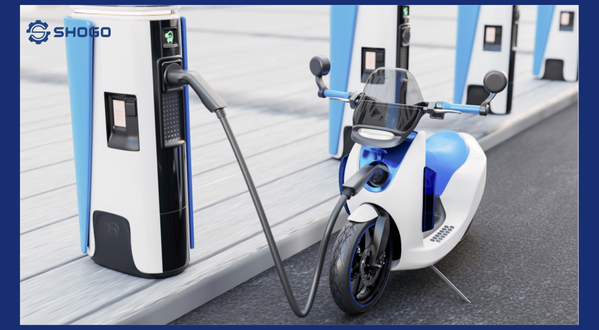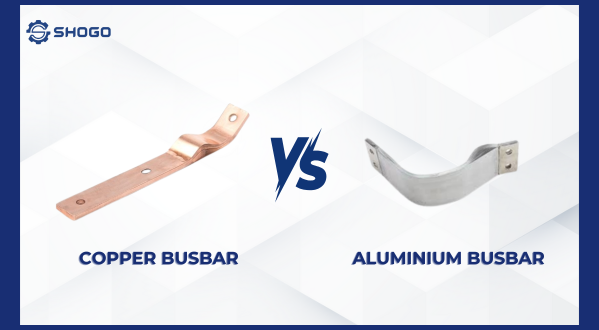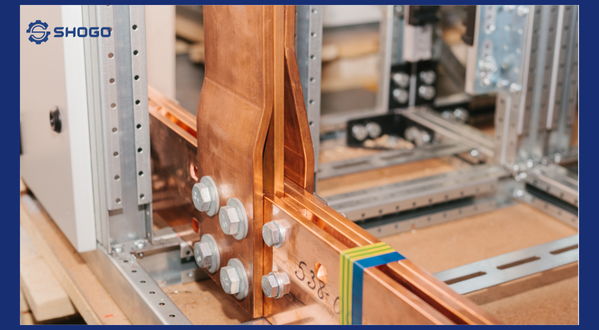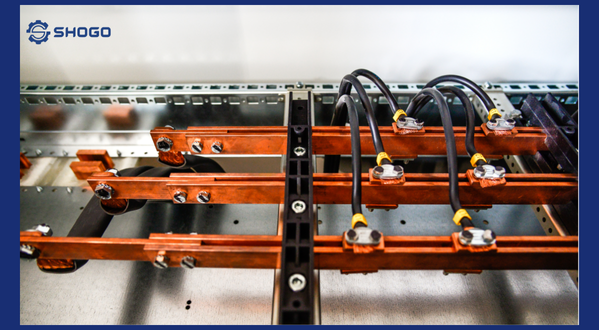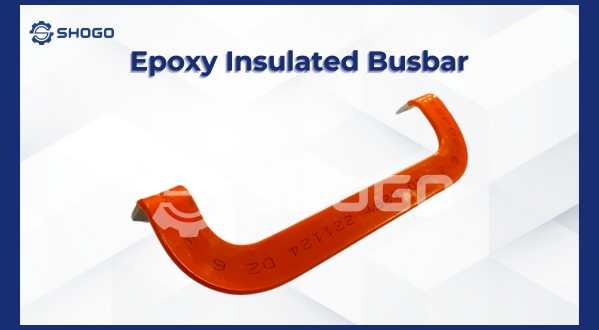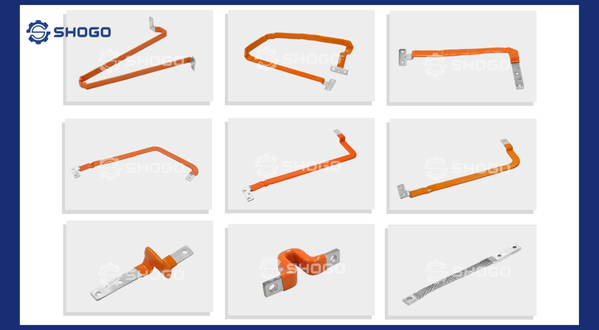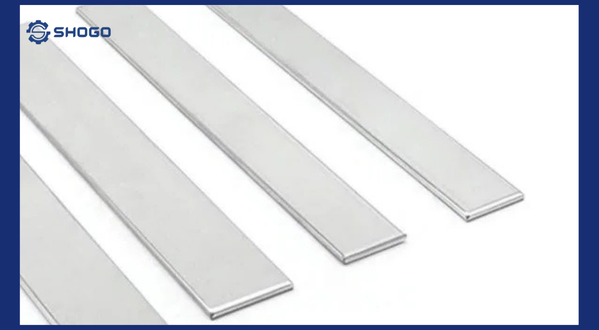
In battery systems—especially lithium-ion batteries used in electric vehicles (EVs), energy storage systems (ESS), and electronic devices—busbars play a crucial role in connecting cells and efficiently transmitting current. However, harsh environments and continuous exposure to air make metal oxidation a serious threat to connection durability. That’s why tin-plated busbars have become the preferred solution in modern battery design.
1. What Is a Tin-Plated Busbar?
A tin-plated busbar is a conductive strip made from copper or aluminum that is coated with a layer of tin (Sn) to improve oxidation resistance, enhance electrical contact, and extend connection life.
🔧 Structure:
- Core: Usually made of copper (C11000) or aluminum (1050/1060).
- Coating: Pure tin or tin alloy, typically 3–10 µm thick.
2. Why Use Tin Plating in Battery Busbars?
✅ Excellent Oxidation Resistance
Tin resists natural oxidation, especially in humid or salty environments. This helps maintain low contact resistance and prevents heat generation at connection points.
✅ Improved Contact Stability
Tin is softer than copper or aluminum, allowing it to fill microscopic surface imperfections, ensuring long-term reliable contact.
✅ Welding Compatibility
Tin has excellent solderability, making it ideal for ultrasonic or thermal welding processes used in battery module assembly.
3. Common Applications of Tin-Plated Busbars
| Application | Main Role |
|---|---|
| 📦 Lithium-ion battery modules | Extend connection lifespan, prevent thermal runaway |
| 🚗 Electric vehicles (EVs) | Resist oxidation under thermal cycling |
| 🔋 Energy storage systems (ESS) | Maintain stable connections over thousands of charge cycles |
| 📱 Consumer electronics | Optimize space and ensure signal quality |
4. Comparison: Tin-Plated vs. Non-Plated Busbars
| Criteria | Regular Busbar | Tin-Plated Busbar |
|---|---|---|
| Oxidation resistance | ❌ Poor | ✅ Excellent |
| Connection lifespan | ❌ Short | ✅ Long-term (5–10 years) |
| Weldability | ❌ Inconsistent | ✅ Stable and reliable |
| Cost | ✅ Cheaper | ❌ 10–20% more expensive |
5. Key Considerations When Choosing Tin-Plated Busbars
- Tin coating thickness: Should be ≥ 5 µm for long-term protection.
- Tin quality: Prioritize pure tin or high-purity tin alloys.
- Testing standards: Check coating adhesion and corrosion resistance with tests like salt spray (ASTM B117).
6. Conclusion
Tin-plated busbars offer an effective solution to enhance the durability, reliability, and conductivity of connections in modern battery systems. While slightly more expensive, their ability to resist oxidation and extend connection life makes them well worth the investment—especially in applications that demand high reliability and long-term performance.





